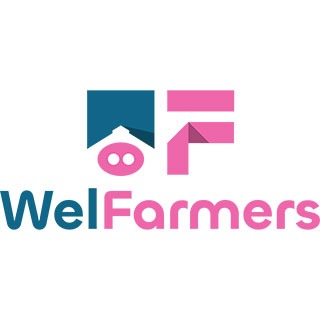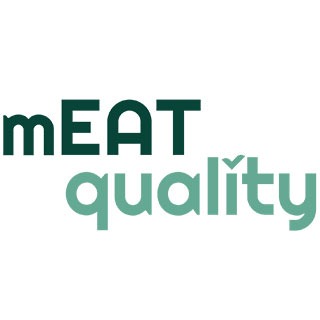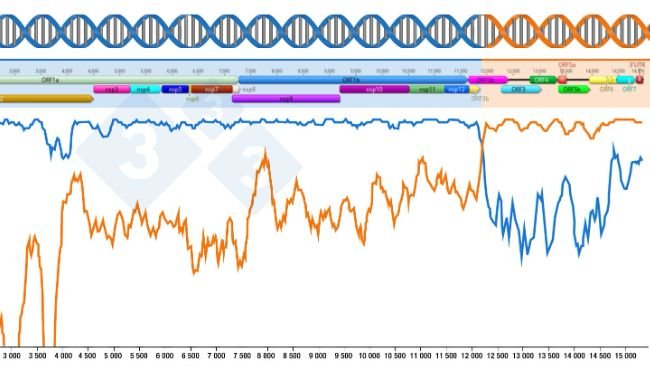
The implications of the PRRSV recombination dilemma
PRRS control measures also reduce the opportunities for different wild-type viruses to recombine and create more aggressive strains.
The pig sector events all around the world
Weekly newsletter with all the pig333.com updates
Swine industry news in your email
Pig health: news and articles on PRRS, PCV2, biosecurity, etc, Pig disease guide, atlas of pathology, clinical cases…
Biocheck.UGent is an independent, risk-based, scientific scoring system for assessing the quality of your on-farm biosecurity.
A visual and practical step-by-step guide on how to perform a necropsy on a pig.
All the information about ASF: how to recognize the disease, how it is transmitted, pictures of lesions, latest news, guides, etc.
All the information on Foot and Mouth Disease in pigs: how to recognize the disease, how it is transmitted, images of lesions, latest news, guides,...
Description of the most important diseases and conditions in pigs
Images of major swine diseases
Pig disease diagnostic tool
Definition for the most commonly used pig terms
Simulator that calculates the amount of drug to add to the water when using a flow dispenser.
Weekly newsletter with all the pig333.com updates
Pig Prices by countries. Pork production and trade. News of the pig market and the raw materials
The latest slaughter pig prices in the most important pig markets. Check the evolution of the historical prices in charts and in several currencies.
Latest quotations for the main commodities used in pig feed. Historical graphs with the pig price and estimated feed price.
Figures & trends in pig numbers, pork production and pork trade.
Global production and trade data for the most important raw materials
Weekly newsletter with all the pig333.com updates
Articles on nutrition and pig feeding, characteristics of raw materials and additives for pig feed. Prices of raw materials
Latest quotations for the main commodities used in pig feed. Historical graphs with the pig price and estimated feed price.
Technical sheets of the main raw materials and additives used in swine feed. They include a comparison of nutritional values from various sources, product
Global production and trade data for the most important raw materials
Definition for the most commonly used pig terms
Use this tool to diagnose problems with the feed conversion ratio. Click on the flowchart or on the buttons within the text to navigate through the different parts of the tool.
A biweekly newsletter with the latest developments in swine nutrition
Articles on genetics and pig reproduction: genetic improvement, genomics, artificial insemination, use of hormones
Compare production data, calculate the number of sow, nursery, and finishing spaces, and visualize your tasks on the work schedule by type of BMS.
Tool that allows you to calculate the replacement rate in your farm
Definition for the most commonly used pig terms
Use this tool to find out why your farrowing rate is less than ideal. Click on the flowchart or on the buttons found within the text to navigate through the different parts of the tool.
Weekly newsletter with all the pig333.com updates
Management, pig farm management, work planning in each production stage: management in gestation, grow finish, batch farrowing
Compare production data, calculate the number of sow, nursery, and finishing spaces, and visualize your tasks on the work schedule by type of BMS.
Tool that allows you to calculate the replacement rate in your farm
Definition for the most commonly used pig terms
Weekly newsletter with all the pig333.com updates
Design of facilities and equipment for pig farms: building design, climate control, feeding systems, etc.
Biocheck.UGent is an independent, risk-based, scientific scoring system for assessing the quality of your on-farm biosecurity.
Environmental Footprint Calculator along the pork value chain.
Definition for the most commonly used pig terms
Simulator that calculates the amount of drug to add to the water when using a flow dispenser.
Use this tool to explore which slurry management strategy best fits your situation. Click on the flow chart or on the buttons within the text to navigate through the different parts of the tool.
Weekly newsletter with all the pig333.com updates
What makes us stand out is the quality and independence of our contents. Find out about the authors who make it possible. Our goal is to generate a virtual community of advanced users in the sector.

Education/professional experience:
DVM – Universidade Federal de Goias, Brazil (2003)
2006 – 2009: Production and Health Supervisor (Agroceres PIC, Brazil)
MBA – Fundaçao Getulio Vargas, Brazil(2007)
PhD – Veterinary Population Medicine (swine diseases ecology) University of Minnesota, USA (2013)
2013 – 2015: Technical Services, Health Assurance& Product Validation Manager (Agroceres PIC, Brazil)
Research interests
Applied research on swine health and productivity challenges, including evaluation of strategies to a) reduce frequency of new pathogen introduction, and to b) increase success rate and effectiveness of pathogen control & elimination programs. Ongoing projects include field research with PRRSv, Mycoplasma hyopneumoniae, Influenza A virus and Senecavirus A (former Seneca Valley) virus.
Education interests
My aspiration is to prepare graduate students to understand the big picture of production animal industry challenges and opportunities. My mission is to offer opportunities and encourage graduate students to develop independent, critical thinking skills, guiding them to focus on the solution and to think of possible ways to positively impact the industry using applied science.
Updated CV 06-Oct-2015

PRRS control measures also reduce the opportunities for different wild-type viruses to recombine and create more aggressive strains.
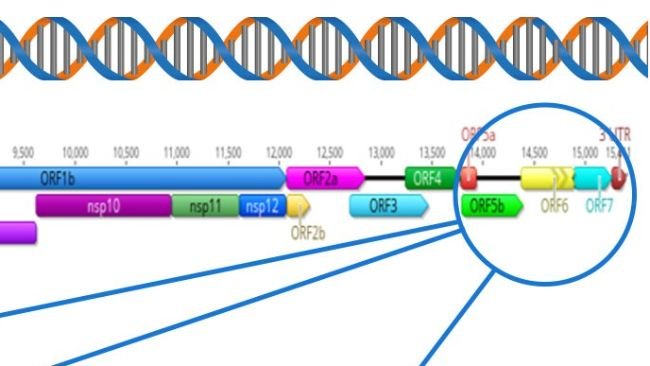
Genetic mutation and evolution of PRRSV can occur across all genes. Unlike ORF5, which only represents about 4% of the PRRSV genome, NGS can recover a whole PRRSV genome to be used in epidemiological investigations.
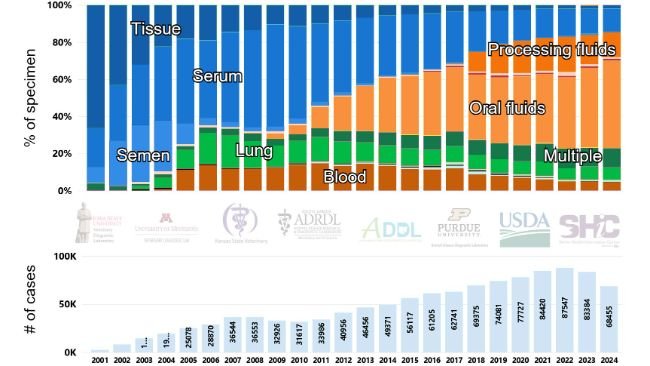
Moving away from weekly batch management improved Time to stability, Time to baseline production and Total Piglet losses per 1,000 sows after a PRRS outbreak.
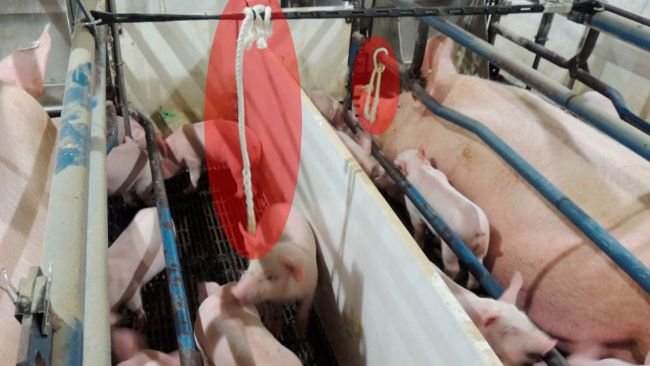
In this article we will focus the discussion on the practical applications of the new monitoring systems.
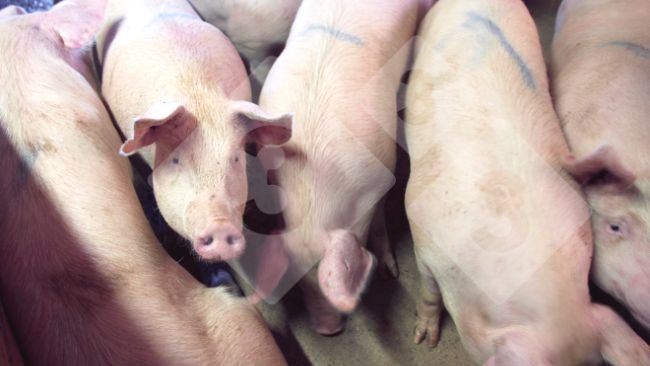
Here we will focus the discussion on the practical applications and on lessons learned from recent field studies on response strategies for PRRSV management in affected breeding herds.
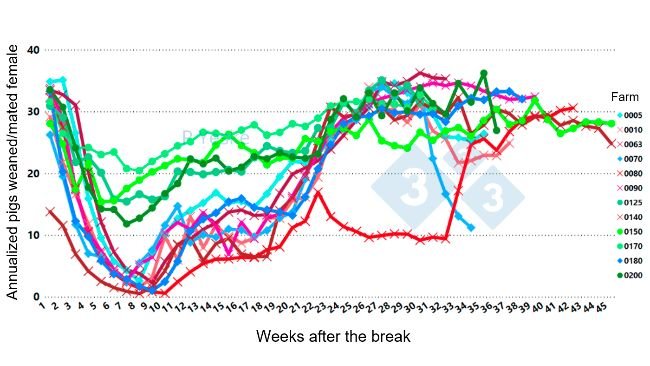
With more herds breaking with highly virulent PRRS strains, what can we do to prevent and control infection? How does the 1-4-4 L1C strain differ?
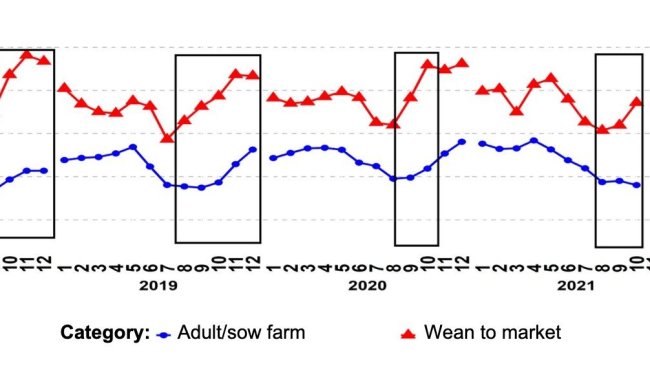
This PRRSV strain is affecting the U.S. Understanding where these viruses come from can help us stop this cycle.

Intranasal and intratracheal inoculation routes as well as aerosolization with foggers are discussed.
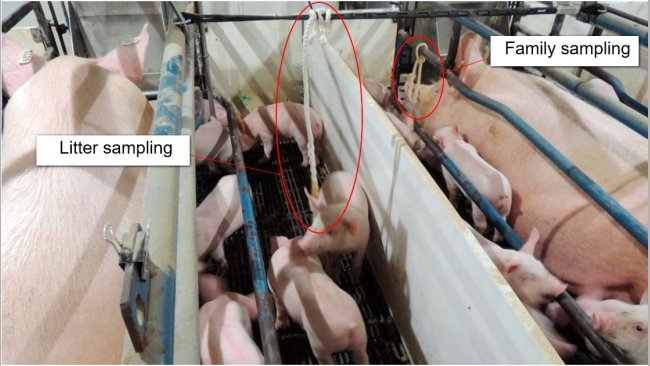
Oral fluids are practical, fast, easy, cost-effective and reliable methods for sampling pig populations, but it has not been easy or practical to obtain such samples from suckling piglets...

The purpose of this study was to compare efficacy of LCE (load-close-expose) using attenuated PRRSV to that using live-virus exposure on breeding herds acutely infected with PRRSv.
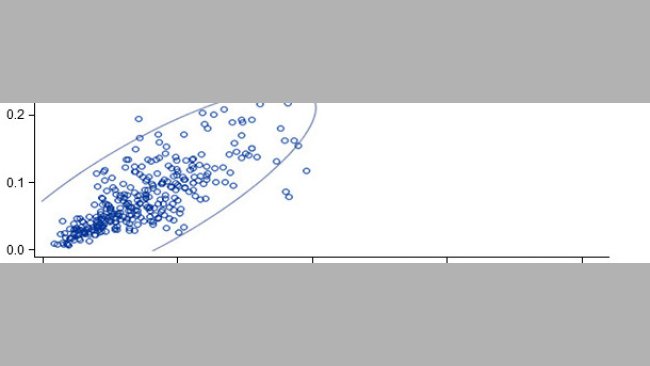
A method to quantify the relative economic importance of pig health status at placement by specific pathogens (PRRSv and PEDv) and to estimate the effect of a specific type of PRRSv at a specific production system is presented.

It seems we have a new virus able to produce vesicular disease in pig populations.
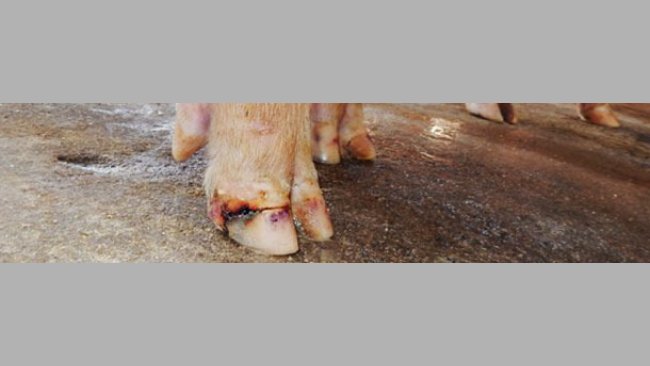
Senecavirus A (SVA) has been suggested as a causative agent of idiopathic vesicular disease in pigs. Additionally, a neonatal losses syndrome, affecting piglets of 0-7 days of age, associated with SVA has recently been reported.
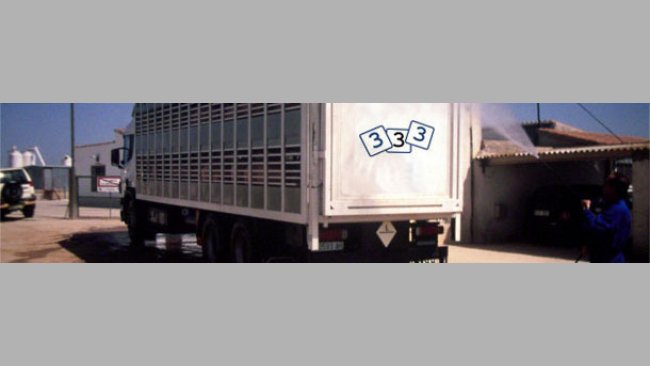
About 50% of the vehicles used for transporting pigs in the United States are not washed between loads, so this article evaluates the ability of heating treatments to inactivate PRRSv present in manure-contaminated environments.
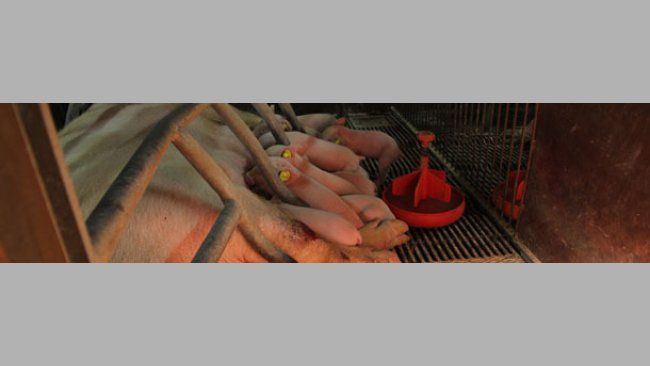
Is the right strategy to get a farm stable, that is, control clinical signs reducing the economic impact of the disease; or should a farm adopt strategies to go “negative”? As for other questions in the epidemiological field, our answer is “it depends”.
Welcome to 333
Connect, share, and interact with the largest community of professionals in the swine industry.
Celebrating 196605Users on 333!
Sign upAlready a member?




